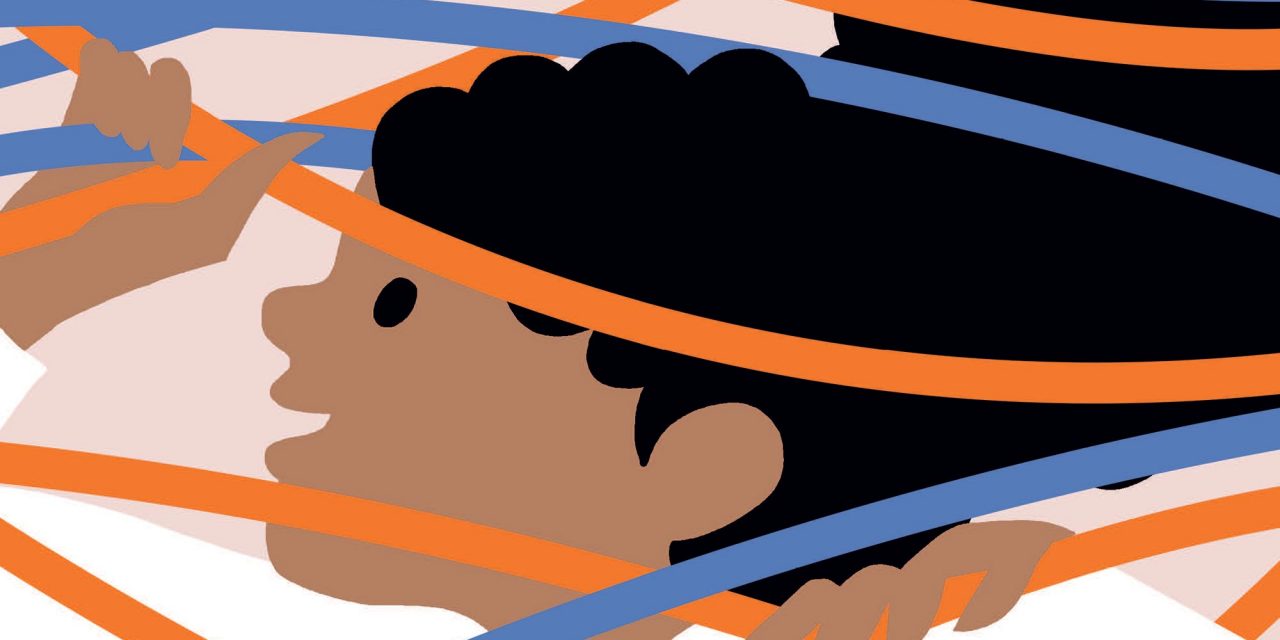
Nurturing the Imagination

 FROM THE LOWER TO THE UPPER SCHOOL, CREATIVITY FLOURISHES AT MILTON
FROM THE LOWER TO THE UPPER SCHOOL, CREATIVITY FLOURISHES AT MILTON
It can feel a bit magical to watch Milton’s robotics team in action. On any given day, our Upper School robotics team can be found on the lower level of the Art and Media Center, excited, solving problems as they squeeze in time to build and practice with their robots or just hang out with one another between classes and after school.
The atmosphere is vibrant and collaborative (and sometimes messy), bustling with activity as they improve their robots’ performance, repairing parts and revisiting strategy with an eye toward competition on stages big and small.
Two things are clear: This is a special place for our robotics team. And this is a place that belongs to students. Their successes, and the fun they have while achieving them, are emblematic of the good that comes when a school celebrates daring; when students’ imaginations are boundless; when educators encourage kids to explore their interests; and when they incorporate those interests in the classroom.
Our robotics team is noteworthy in another way, in that a majority of participants identify as female or gender-nonbinary. The robotics industry today is dominated by men, but in our students, I see a more inclusive future. The team has benefited from the powerful leadership of seniors and recent graduates who have welcomed one and all. Robotics newbies join when they can see themselves reflected on the team; they stay because they’re supported. They are helped, too, by the example set by educators such as Chris Hales in the Upper School and Bridget Sitkoff in the Lower and Middle Schools— teachers who embrace the cutting edge of technology and give their students space to explore new frontiers.
Imagination at Milton spreads out like a sunrise across disciplines, student activities, and even the physical spaces on our campus. We are a school that rewards growth and thinking outside the box. And, increasingly, we’re a school that lets its students guide the way, under the sage watch of our talented faculty.
The result is teaching that appeals to students’ interests, recognizes and honors their lived experiences, and energizes our classrooms. Listening to our students is a transformative way to create and implement teaching plans as well as create meaningful student activities. Following their lead and being flexible empowers them to grow beyond what they might have imagined, develop a sense of ownership over their work, stay engaged in the face of challenging problems, and make connections across academic disciplines.
An explosion of creativity happens with senior projects—opportunities to deeply explore topics that pique our students’ interests. Typically, students return at the end of May with inventions, performances, programming projects, art, research, curriculum ideas, crafts, and stories from volunteer missions or internships. One year, a student who studied medieval warfare built some replica weapons by hand; on the day of our senior project fair, a life-size, functional catapult was on Stokinger Field.
Student voices are critical as our Middle School learners grow in confidence, independence, and advocacy for themselves and others. Seventh-graders select social issues to explore in an in-depth research project, where they also present inventive ideas to solve big problems. Eighth-graders deliver talks in which they tell their unique stories to classmates or take decisive stances on modern issues. This past fall, our youngest Middle Schoolers shared their own voices with the whole division as most of the grade, under the direction of Grade 6 English teacher Isabel Forward, performed a delightful—and delightfully original—song about the parts of speech. It’s hard to imagine sixth-graders being willing to get up and speak in front of their older peers, let alone sing for that audience. And yet, most of our sixth-graders were up there, proud and jubilant, rocking out over grammar.
Even our youngest voices are heard in meaningful ways. Lower School students this year constructed a large, participatory art piece called the Unity Project behind the Pritzker Science Center. Using orange and blue yarn, visitors were invited to wrap strings around and between posts that stood in a circle. Each post represented some social identifier, from ability to gender expression to age and beyond. The effect was striking. Open to the entire K–12 community, the piece grew day by day. The project was not only a great, hands-on way for our Lower School students to learn about intersecting identities—a concept that’s out of reach for some adults—in a visual and accessible format, but also a creative reminder to all: See how connected we are to one another. See how strong we are together.
Imagination is in the air that we breathe at Milton, and it starts, first and foremost, with the young people we educate. It is what will carry our venerable school onward across the decades to come, keeping our students engaged and excited, and inspiring our faculty to continually press forward. I can’t wait to see what’s next.
Illustration by Karolin Schnoor




